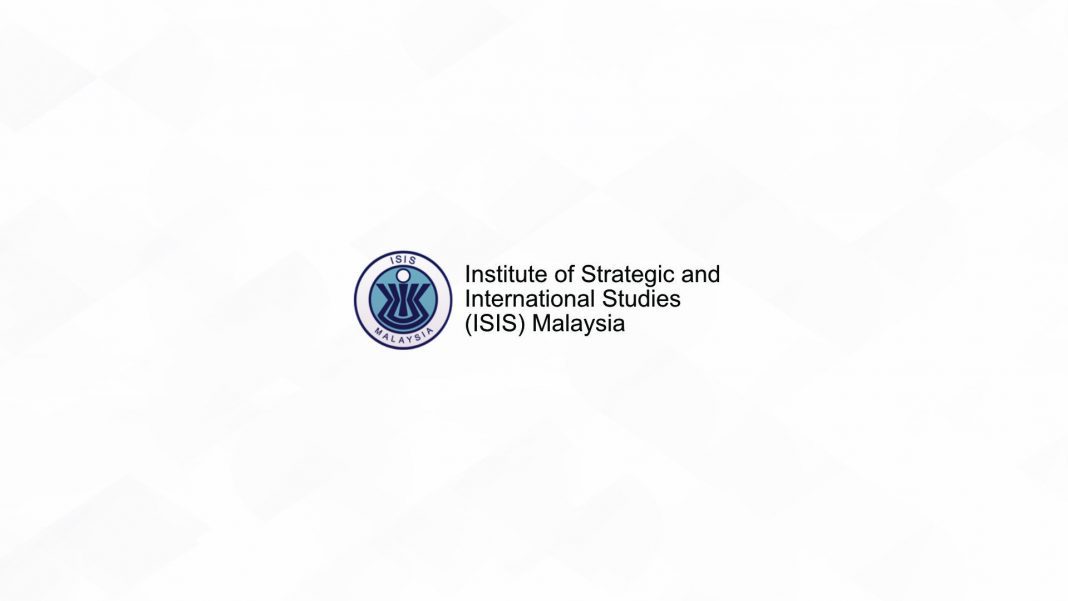A version of article was first published in the New Straits Times on 14 January 2019 under the title “Many Hurdles Amid Great Growth”
BY many measures, the Malaysian economy has made tremendous strides over the last ten years. Real GDP is estimated to be 1.7 times larger now compared to at the start of the decade. Additionally, despite earlier setbacks from a weaker USD/MYR exchange rate, Malaysia’s Gross National Income (GNI) is gradually inching upward toward the World Bank’s US$12,376 GNI per person threshold for high-income economies. Some forecasts estimate Malaysia could breach this high-income threshold by 2023.
Compared to a decade ago, total goods exports in Ringgit terms have increased by about a third, roughly RM300 billion higher. The types of products we export have also changed. Over the last ten years, Malaysia has been exporting more chemicals products and manufactured parts and exporting less machinery, equipment and vegetable oils.
At a more micro level, median household incomes are forecasted to have about doubled since 2010, while real median wages are estimated to have risen by 34 per cent over the same period. Poverty rates based on Malaysia’s national poverty line income (PLI) have been reduced to virtually zero from upwards of 2 per cent at the start of the decade. Measures of inter-household income inequality have also declined, with income ratios continuing to narrow and Gini coefficients continuing to decline.
Nonetheless, beyond these headlines of these achievements, numerous hurdles remain.
FOR ONE, despite still growing at a decent rate, the pace of Malaysia’s GDP growth has moderated over the past ten years. Part of this is cyclical: external headwinds from an increasingly contentious global environment and slower world economic growth–along with domestic factors like policy uncertainty and weak consumer and business sentiment have played a role. But a large part of this slowing growth is due to structural reasons: as countries get richer, economic growth tends to slow, as economic growth increasingly come from marginal gains in productivity instead of sheer factor accumulation.
Yet, in Malaysia’s case, even as improvements in productivity becomes ever more critical for future growth, productivity growth has been somewhat lethargic: Malaysia’s labour productivity continues to dawdle below levels seen in the advanced economies, while catch-up has been gradual. Meanwhile, according to the Malaysia Productivity Corporation’s 2018 report, measures of multifactor productivity growth–a rough proxy for technological innovation–has been negative over the past decade.
On this front, the key challenge for the next decade would be to improve the indigenous innovative capacity of domestic firms and to continue to raise the productivity of Malaysian workers and firms.
SECONDLY, even as measures of national poverty and inter-household income inequality has declined over the decade, inequality between regions has not. Ten years ago, the median household income in Kuala Lumpur was 2.6 times higher than in Kelantan. Latest data indicates that this ratio has crept higher to 3 times.
Besides, looking beyond the national averages reveals pockets of poverty all around the nation. Despite poverty rates along the peninsular West Coast declining to virtually zero, households in states on the peninsular East Coast and in East Malaysia still experience a relatively high incidence of poverty.
Worryingly, there also remain enormous regional inequalities in access to basic infrastructure. In 2016, nearly one in three households living in Kelantan do not have access to piped water in the home, while one in nine households in both Kelantan and Sabah live in houses classified as ‘dilapidated’. In parts of Sabah and Sarawak where connectivity is poor, geographic disparities in access to basic services are more alarming: one in five households in East Malaysia live further than 9km from the nearest public healthcare facility and secondary school.
As such, the key challenge here for the coming decade would be to sustain the progress we’ve made in reducing poverty and inequality, ensuring that every Malaysian has adequate access to basic infrastructure and the opportunity to meaningfully participate in society and the economy.
THIRDLY, we still aren’t doing the best job of measuring things. Issues with data mismeasurement and data accessibility continue to hamper our ability to diagnose, analyse and overcome the problems that arise.
For instance, it is well known by now that Malaysia’s current poverty line is too low for its current level of development. Using a higher PLI more representative of Malaysia’s current income levels–Georgetown University’s Martin Ravallion suggests something closer to US$12/day–the poverty rate in Malaysia would be about 20 per cent.
Likewise, as the World Bank’s Kenneth Simler astutely points out, the Department of Statistics’ Household Income Survey, from which crucial statistics on poverty and income inequality are calculated, has its flaws. It excludes the most marginalised and vulnerable communities: Orang Asli settlements, foreign workers and refugees–potentially distorting the realities of household incomes and poverty in the country.
In any case, in Malaysia’s long and arduous climb up the developmental ladder, there are almost certainly many more hazards that lie overhead, even as we continue to grapple with unfinished business from the past. After all, while much has changed in Malaysian economy over the last decade, perhaps just as much has stayed the same.





